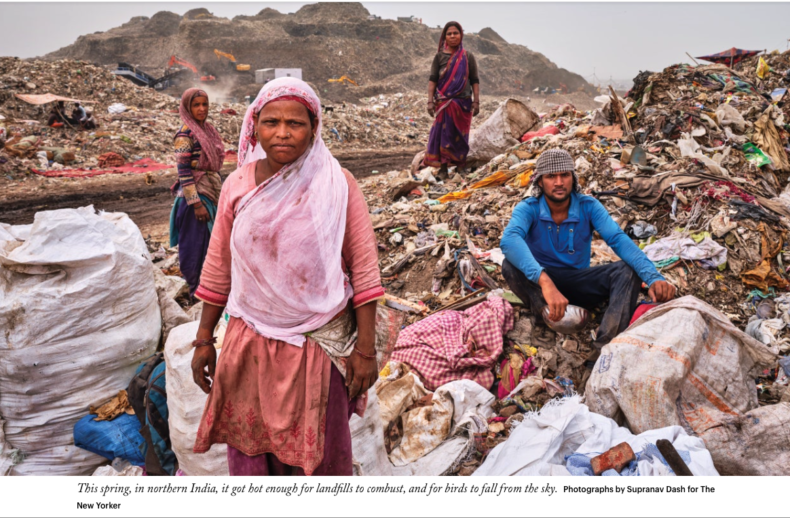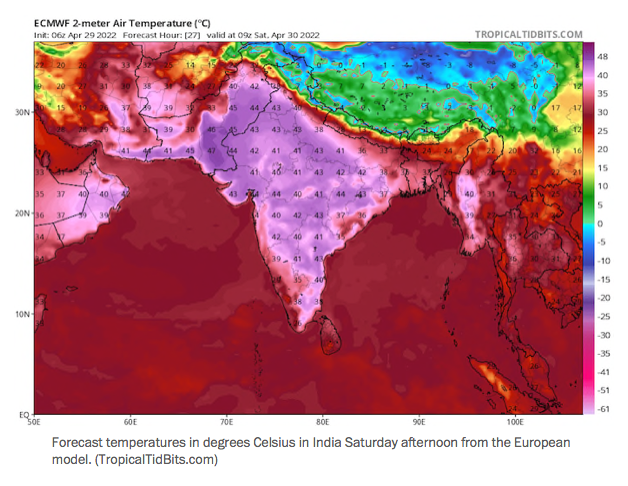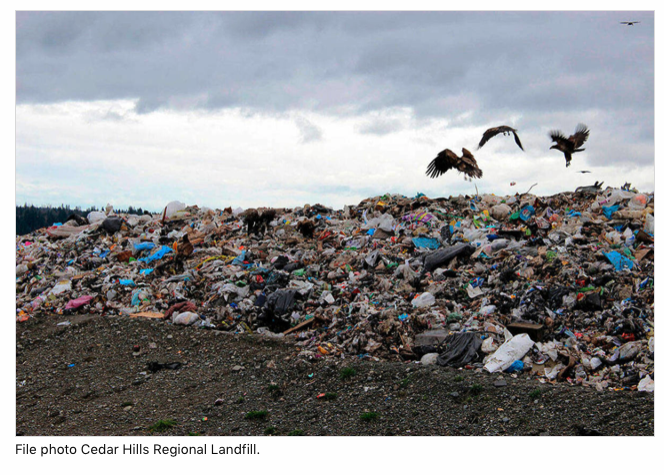While we favor a circular economy without landfilling or WTE/Incineration the nature of society (and consuming) does create waste that cannot be avoided or recycled. In that case waste should first be made inert, toxics destroyed, and materials and energy recovered so that landfilling, the worst option for dealing with waste, can be avoided by all means possible. A circular economy is essential for sustainable development and the continued existence of human society. When landfilled,…
Unfortunately, these extreme events, and the conditions they foster – flooding, wildfires, property damage, loss of life – are becoming the new normal, thanks to global warming. And there are other, less obvious but equally damaging, effects as well. As the ocean warms and becomes more saturated with carbon dioxide, fish and other creatures in the marine food chain are adversely affected. Diseases once limited to the tropics are spreading into the temperate zones. Coastlines, from Louisiana to Alaska, are receding, due to more frequent and more powerful storms, rising sea levels, and, in Alaska, the loss of sea ice. The message should be clear: we are running out of time to turn this trend around. Even insurance companies have stopped insuring the homes in particularly affected areas.
…
What can be done now to reduce emissions relatively quickly? The answer is simple: the US must stop landfilling untreated municipal solid waste. A recent (July, 2020) article in the journal Environmental Health and Safety stated that with regard to waste management, “Landfilling is the most greenhouse gas (GHG)-intensive option, emitting nearly 400 kg CO2e per tonne of organic waste…the GHG footprint of landfilling organic waste is higher relative to composting or waste-to-energy by as much as a factor of 9, even when landfill gas is captured and utilized.”

The Bhalswa landfill, on the outskirts of Delhi, is an apocalyptic place. A gray mountain of dense, decaying trash rises seventeen stories, stretching over some fifty acres. Broken glass and plastic containers stand in for grass and stones, and plastic bags dangle from spindly trees that grow in the filth. Fifteen miles from the seat of the Indian government, cows rummage for fruit peels and pigs wallow in stagnant water. Thousands of people who live in slums near the mountain’s base work as waste pickers, collecting, sorting, and selling the garbage created by around half of Delhi’s residents.
This March was the hottest on record in India. The same was true for April. On the afternoon of April 26th, Bhalswa caught fire. Dark, toxic fumes spewed into the air, and people living nearby struggled to breathe. By the time firefighters arrived, flames had engulfed much of the landfill. In the past, similar fires had been extinguished within hours or days, but Bhalswa burned for weeks. “The weather poses a big challenge for us,” Atul Garg, the chief of the Delhi Fire Service, said, nine days after the fire began. “Firefighters find it difficult to wear masks and protective gear because of the heat.” A nearby school, blanketed by hazardous smoke, was forced to close. In the end, it took two weeks to extinguish the blaze. The charred bodies of cows and dogs were found in the debris.

For the second month in a row, temperatures in India and Pakistan are abnormally high because of a string of strong and prolonged heat waves — and now another surge is building.
Temperatures have already soared to dangerously high levels. They topped 110 degrees in the Indian capital of Delhi on Thursday and Friday, where pavement melted amid the heat, while several cities broke April records.
The heat has also set ablaze a massive 17 story landfill in New Delhi

…
Advocates of sustainable energy and waste management have been critical of the King County Solid Waste Division’s apparent push to expand the landfill. In September 2021, the Institute for Energy and Resource Management issued a public statement calling the King County Solid Waste Division’s environmental impact statement a “boondoogle,” and accusing the county of “going through the motions but having the conclusion decided well before hand.”
President of the Institute for Energy and Resource Management, Philipp Schmidt-Pathmann, has been increasingly vocal in his criticism of the King County Solid Waste Division and what he believes has been a lack of investment in recycling infrastructure and systems improvements. He cited stagnate rates of recycling in the region over the years.
Schmidt-Pathmann also has expressed his disbelief in the county’s studies, which claim the possibility of high rates of methane recapture from the landfill. Schmidt-Pathmann believes that the county has overinflated the rates of methane that can be captured as a way of making a landfill look like a more viable and sustainable waste management method than he believes it truly is.
He expressed his skepticism regarding the county’s reported rates of methane capture in a letter to the director of the King County Solid Waste Division in November of 2021.
…
